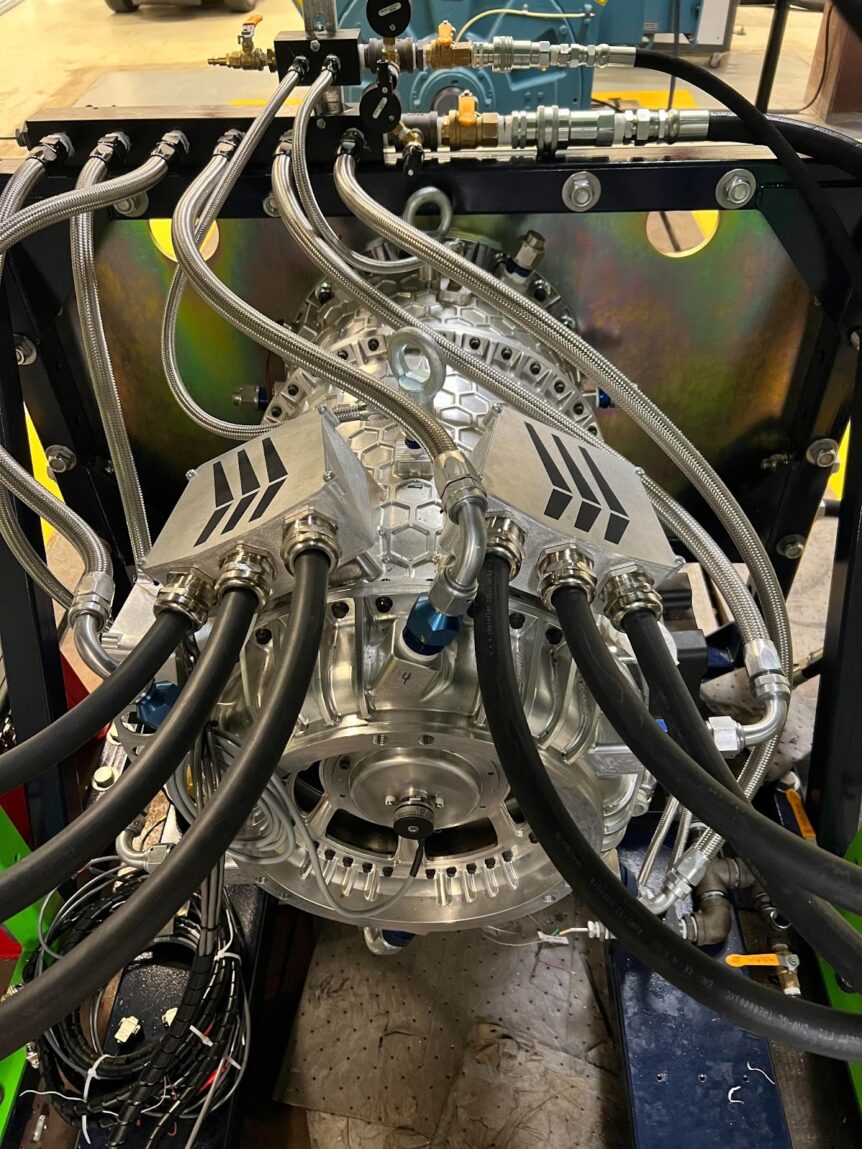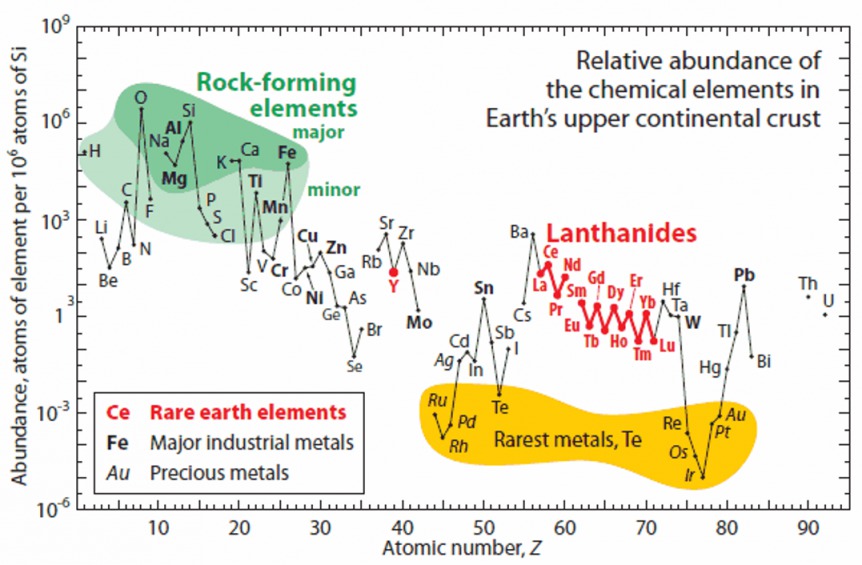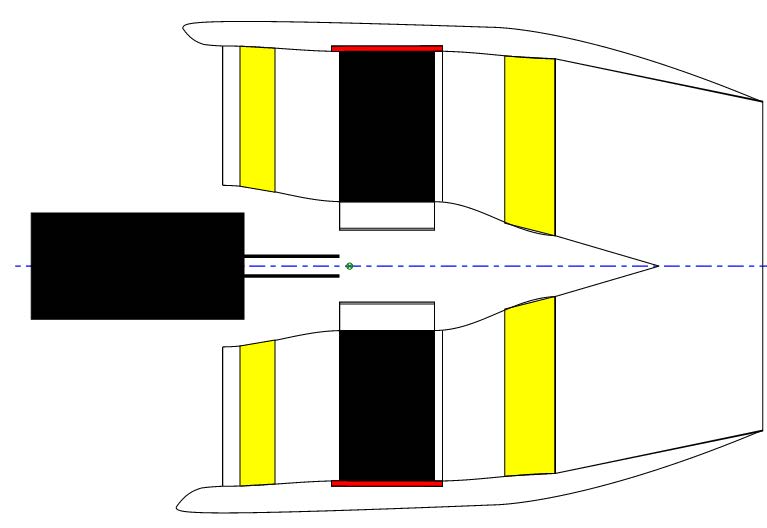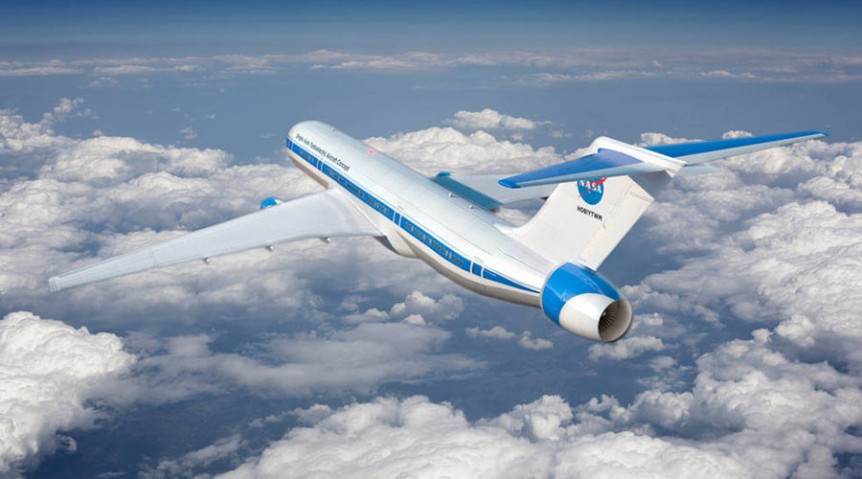Wright Electric, testing its 1.2 megawatt motor, has passed partial discharge tests, a significant achievement in high-altitude safety. The company explained the results and their importance in a press release. ”Wright Electric Announces Successful Partial Discharge Testing on our Motor” “We are pleased to share a significant achievement in our ongoing pursuit of decarbonizing the industries that are hardest to decarbonize. Wright Electric proudly announces the successful completion of an altitude simulation test conducted in the Wright Lab, showcasing our 2 megawatt motor’s robust performance at a simulated atmosphere equivalent to 43,000 feet without experiencing Partial Discharge (PD).” Jeffrey Engler, founder and CEO of Wright Electric, explains in the press release, “Partial discharge is a form of electrical failure where electric charge escapes through tiny voids in apparently solid insulation. When partial discharges occur they can degrade the insulation and create a risk of fire in the motor. PD becomes more likely at high altitudes due to thinning of the …
Liquid Batteries for Aircraft?
NASA is investigating “the integration of nanoelectrofuel (NEF) flow batteries with rim-driven electric motors to produce a safe, clean and quiet propulsion system for aircraft,” according to Aviation Week. That is the promise of an early-stage rechargeable liquid battery technology under investigation by NASA. The agency is researching the integration of NEF flow batteries with rim-driven electric motors to produce a safe, clean and quiet propulsion system for aircraft. The rim-driven motors are used on boats as thrusters, and may have applications on small unmanned aircraft, although researchers have seen disappointing results so far. Tying these motors to more promising research into” non-explosive energy storage technology” is part of NASA Armstrong Flight Research Center’s Aqueous Quick-Charging Battery Integration for Flight Research (Aquifer) project, along with NASA Glenn Research Center’s co-principal investigation. A spin-off of research at Argonne National Laboratory and Illinois Institute of Technology, Influit Energy has “developed a novel type of rechargeable battery that features active energy-storing materials in …
Doing More with Less – BLI on a Big Scale
Hybrid and electric cars sell because they lower operating costs for the owner. Designers and manufacturers sort out ways to increase efficiency, including streamlining, using low-rolling-resistance tires, and making structures lighter. An added technology, boundary layer ingestion (BLI) may add to aircraft efficiency. NASA and industry leaders are working on equivalent solutions for aircraft, and airplanes will end up as different from today’s designs as Toyota Priuses and BMW i3s are from Ford Falcons or Chevrolet Corvettes. NASA proclaims, “An aviation renaissance, one focused on energy efficiency and economic impact, is on the horizon, and it’s changing how engineers look at aircraft power and design.” Jim Heidmann, a manager of NASA’s Advanced Air Transport Technology Project (AATT), says, “I feel we are at a tipping point in commercial aviation. We are exploring and developing game-changing technologies and concepts for aircraft and propulsion systems that can dramatically improve efficiency and reduce environmental impact and accelerate the introduction of new aircraft.” Think of …
Electric Jet Hybrids – Big and Small
NASA’s Glenn Research Center reviews the prevalence of fossil fuels in keeping us flying for over a century. “Since the beginning, commercial planes have been powered by carbon-based fuels such as gasoline or kerosene. While these provide the energy to lift large commercial jets into the world’s airspace, electric power is now seen as a new frontier for providing thrust and power for flight.” Noting the use of hybrid and turboelectric power used to increase efficiency in cars, boats and trains, NASA has set a goal “to help the aircraft industry shift from relying solely on gas turbines to using hybrid electric and turboelectric propulsion in order to reduce energy consumption, emissions and noise.” This would require a large shift in propulsion and overall aircraft design and Jim Heidmann, manager for NASA’s Advanced Air Transport Technology project reflects on those changes. “Moving toward alternative systems requires creating new aircraft designs as well as propulsion systems that integrate battery technologies and …
Dr. Ajay Misra Leads Off With a Hit at EAS VIII
Not to indulge in hyperbole, but people who missed the eighth annual Electric Aircraft Symposium will, like the laggards mentioned in Henry V’s speech, “think themselves accurs’d they were not here” (Shakespeare, Henry V, act 4, scene III). After the Friday morning introductions by Dr. Brien Seeley, founder and president of the CAFE Foundation, things immediately went into high gear with the presentation by Dr. Ajay Misra, NASA Glenn Research Center. A member of the Senior Executive Service, he is Chief of the Structures and Materials Division in the Research & Technology Directorate. In this position, Dr. Misra has the responsibility for planning, advocating, coordinating, organizing, directing and supervising all phases of Division research and business activities. His degrees in metallurgy, an MBA degree and a doctorate in materials science and engineering demonstrate the high intellectual skills necessary to manage the 120 employees and 100 contractors in Dr. Misra’s Division. His discussion on “Nano-Magnets and Additive Manufacturing for Electric Motors” …
Dr. Shin to Keynote Electric Aircraft Symposium
Dr. Jaiwon Shin, NASA Associate Administrator for Aeronautics, will close the Friday, April 25 session of the eighth annual Electric Aircraft Symposium with his keynote address, “The NASA Aeronautics Vision and Strategy – How It Relates to Electric Aircraft.” As Associate Administrator, Dr. Shin “manages the agency’s aeronautics research portfolio and guides its strategic direction,” according to his official NASA biography. He co-chairs the National Science & Technology Council’s Aeronautics Science & Technology Subcommittee, a group of federal departments and agencies that fund aeronautics-related research. Its first presidential policy for aeronautics research and development (R&D) was ratified by Executive Order 13419 in December 2006, and now guides such research until 2020. Dr. Shin oversees and sets policies for an array of explorations into aerodynamics, propulsion, air traffic control – including NextGen, aviation safety, and the integration of such technologies into broader economic and strategic concerns at the national and international levels. With myriad Aeronautics Research Mission Directorates (ARMD) and at …




